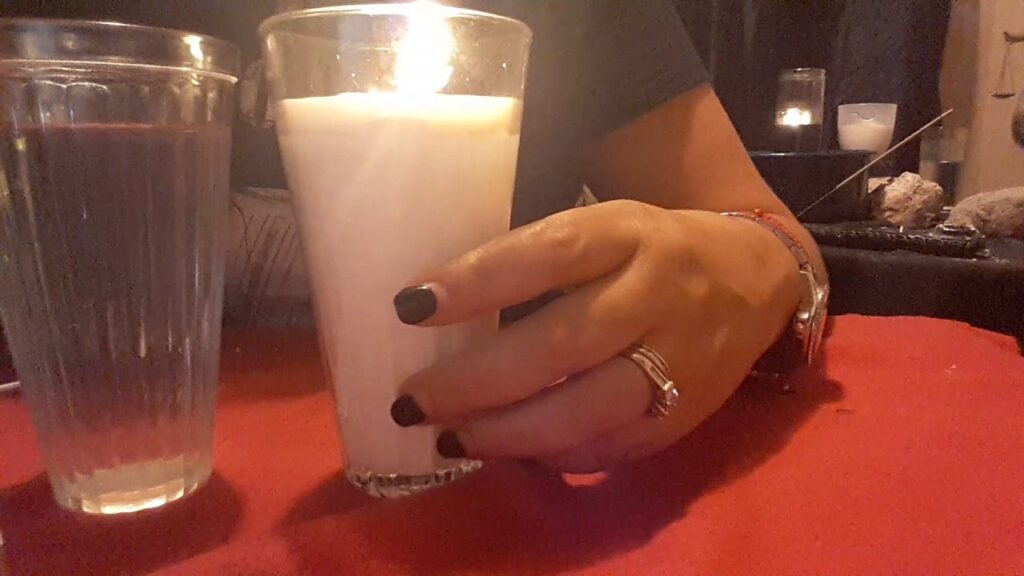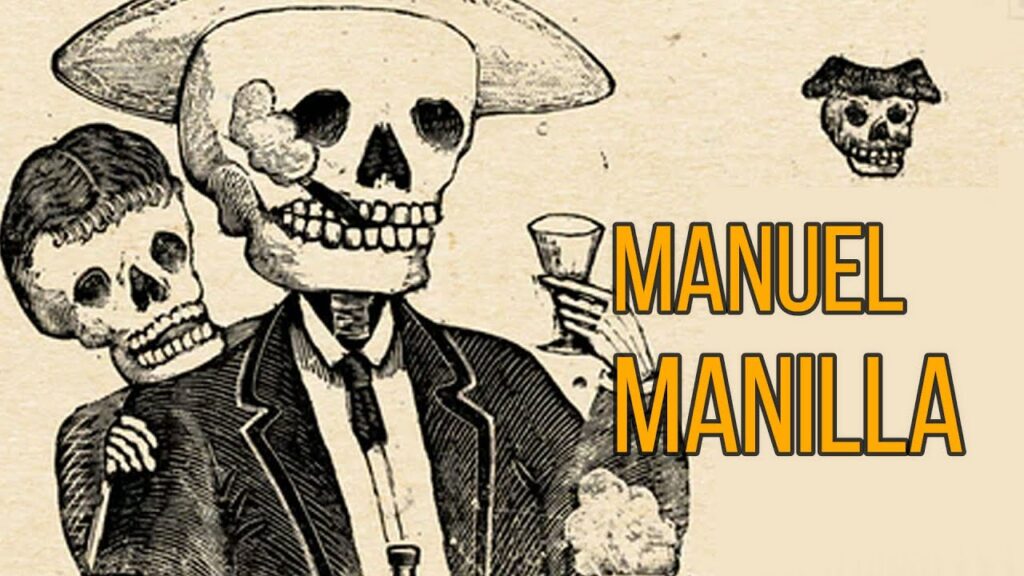Exploring the Depths of “La Hora Marcada”: Mexico’s Pioneering Horror Series
Mexico has long been a land woven with tales of the supernatural and the macabre—a cultural tapestry that served as the perfect backdrop for the groundbreaking television series, La Hora Marcada. Premiering in the mid-1980s, this anthology horror show became a fundamental staple for a generation of Mexican audiences, eager for a glimpse into the chilling and often surreal world of horror that resonated with their own folklore and urban legends.
The series stood apart due in no small part to its distinctive creative signature, showcasing the early works of filmmakers who would eventually gain international acclaim—names like Guillermo del Toro, Alfonso Cuarón, and Alejandro González Iñárritu. Each episode of La Hora Marcada brought forth an eerie, self-contained story that dared to push the boundaries of what could be portrayed on Mexican television, all the while wrapping its narratives around the profound cultural elements that make Mexican horror so uniquely compelling.
Despite its relatively short run, the impact of La Hora Marcada on Mexican pop culture and the horror genre at large remains undeniable. Its legacy continues to inspire new generations of storytellers and filmmakers, giving them the courage to explore dark themes and to conjure new terrors from the depths of the Mexican spirit. As we revisit the series, we delve not only into the evolution of horror in Mexican television but also the cultural fears and anxities that it so masterfully captured and amplified for its viewers.
Guillermo del Toro and Alfonso Cuarón’s Early Contributions to “La Hora Marcada”
Before gaining international fame with films like “Pan’s Labyrinth” and “Gravity,” Guillermo del Toro and Alfonso Cuarón were nurturing their distinctive storytelling voices on a Mexican anthology show called “La Hora Marcada.” This series, comparable to the “Twilight Zone,” was a breeding ground for experimentation in horror and science fiction, a genre relatively unexplored within the Mexican television landscape during the 1980s. Both directors cut their teeth in this innovative program, delivering short, poignant stories drenched in fantastical and surreal elements.
Guillermo del Toro’s contributions to “La Hora Marcada” showcased his early fascination with monsters and the macabre, traits that he would carry into his later cinematic work. One of his episodes, “Donde Habita el Diablo” (Where the Devil Dwells), exemplified his penchant for blending horror with fairy-tale like narratives, a stylistic choice that has become a hallmark of his career. Del Toro’s visionary direction and design, even at this young age, pointed towards a director with a deep love for the genre and a distinctive voice that was soon to make waves in the film industry.
Meanwhile, Alfonso Cuarón, who would go on to win Academy Awards for “Gravity” and “Roma,” demonstrated a gift for storytelling and emotional depth in his episodes of “La Hora Marcada.” One standout episode, “Hora Marcada,” featured a young man’s eerie encounter with a mysterious radio that broadcasts ominous predictions. Cuarón’s direction added layers of tension and introspection, hinting at the emotional nuance that would later define his feature films. This experience allowed him to experiment with narrative structure and pacing, crucial aspects he would master in his future works.
Their work on “La Hora Marcada” not only laid the groundwork for their individual styles but also contributed to the emergence of a new wave of Mexican cinema. Both directors went on to achieve global success, but their early efforts on the show are a testament to their talent and dedication to their craft. For many fans and scholars of film, revisiting these early episodes offers a fascinating glimpse into the developmental stages of two of Mexico’s most celebrated filmmakers.
The Cultural Impact of “La Hora Marcada” on Mexican Television and Beyond
“La Hora Marcada” was a pivotal Mexican anthology series that premiered on television in the mid-1980s and became a staple of the cultural landscape. Airing weekly, the show presented a variety of short-form narratives steeped in science fiction, horror, and fantasy, often intertwined with social commentary. Due to its innovative approach and the upcoming Mexican talent involved, both in front and behind the camera, the series left a lasting mark on Mexican viewers and inspired future generations of storytellers.
The series’ influence extended beyond its spooky and thrilling storylines; it launched the careers of several prominent filmmakers and actors who would later find international acclaim. Names such as Guillermo del Toro, Alfonso Cuarón, and Emmanuel Lubezki were among the show’s contributors, honing their craft on this very platform. “La Hora Marcada” served not just as entertainment but as a breeding ground for talent that would later redefine the Mexican—and indeed, global—cinematic narrative.
The thematic content of “La Hora Marcada” often reflected deep societal issues relevant to the Mexican audience. Topics such as poverty, corruption, and inequality were woven into its storytelling, allowing for a reflection of the collective Mexican psyche of the time. This approach fostered a connection between the show and its audience, solidifying its cultural significance and enabling it to act as a social critique clothed in the garments of genre fiction.
The visual and thematic elements introduced by “La Hora Marcada” have influenced many aspects of Mexican pop culture, including film, literature, and even comic books. The haunting imagery and otherworldly plots provided a source of inspiration for artists and creators, spurring a movement that embraced the fantastical as a lens through which to examine reality. The show’s legacy is visible in the continued popularity of genre pieces that address both the extraordinary and the mundane aspects of life in Mexico.
“La Hora Marcada” also played a significant role in perpetuating the oral tradition of storytelling in Mexico, refreshing the age-old customs of sharing fables and legends. It revitalized the tradition by introducing contemporary stories that resonated with modern audiences, reinforcing the idea that television could be an important medium for preserving and evolving cultural narratives. Hence, the series didn’t only entertain—it became an integral part of the collective Mexican narrative and a reflection of its rich storytelling heritage.
Unveiling the Mysteries Behind “La Hora Marcada”: A Journey into Classic Mexican Horror
Mexican pop culture harbors a rich anthology of horror and supernatural stories, among which “La Hora Marcada” stands as a seminal television series that delved into the darker realms of the imagination. This classic show, which aired in the late 1980s and early 1990s, is often considered Mexico’s answer to the famed “Twilight Zone.” It brought forth an array of unique stories infused with local folklore, psychological horror, and science fiction themes, showcasing the versatility and depth of Mexican storytelling.
The series was a launching pad for several now-renowned directors including Guillermo del Toro, Alfonso Cuarón, and Alejandro González Iñárritu, who before gaining international acclaim, honed their craft directing episodes of “La Hora Marcada.” Their contributions to the series were daring and experimental, often transcending the boundaries of traditional horror to explore more profound human fears and desires. The result was a collection of episodes that were as much an exploration of the human condition as they were thrilling tales of terror.
Each episode of “La Hora Marcada” served as a standalone story, allowing for a variety of themes and narrative structures that continually kept audiences on edge. From macabre tales of the undead to psychological thrillers that disturbed viewers’ senses of reality, “La Hora Marcada” was a testament to the creative spirit of Mexican horror. Even years after the series concluded, it resonates with fans and remains an influential force in the genre, inviting a new generation to uncover the unsettling, yet captivating, mysteries that lie within classic Mexican horror.



